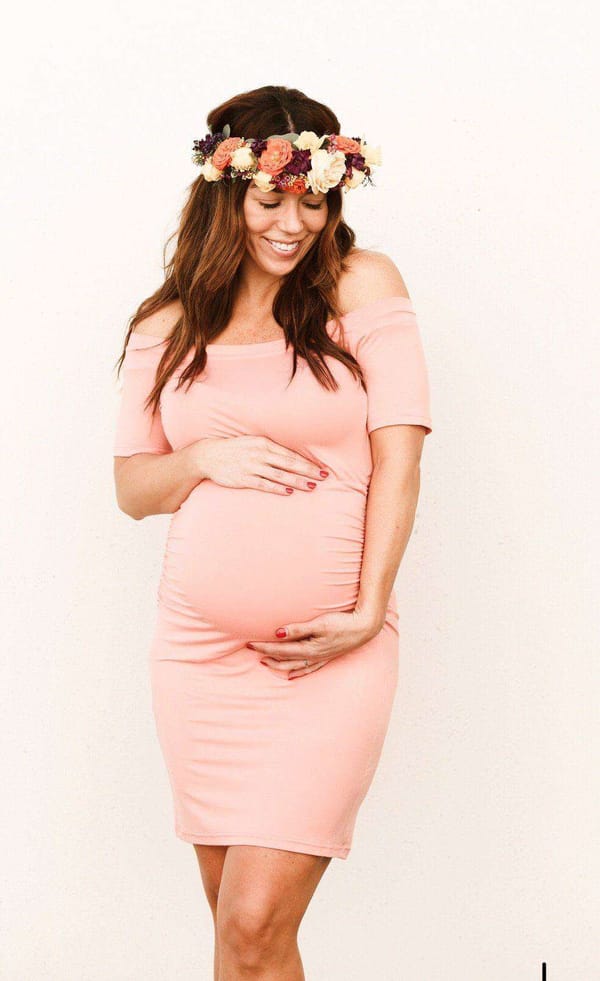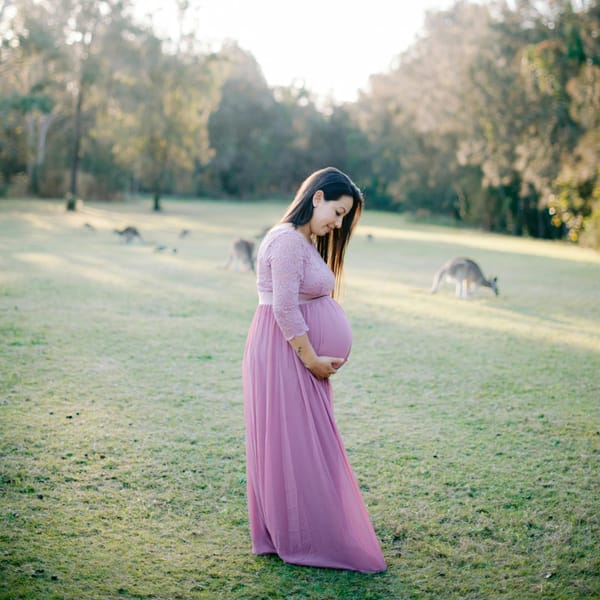How to Find Your Maternity Bra Size: A Guide to Staying Comfortable and Supported
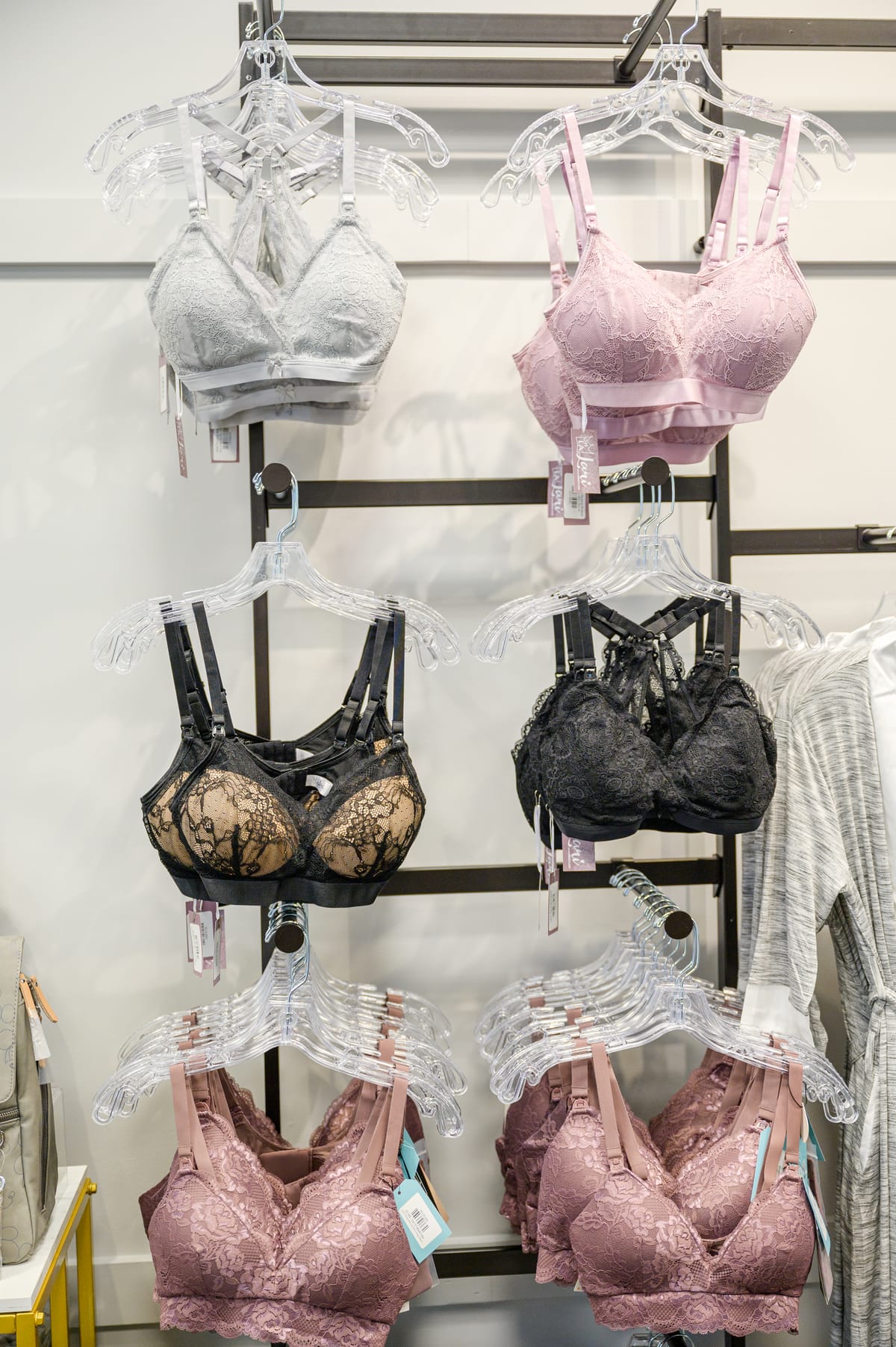
Pregnancy is a beautiful journey, but it brings a lot of changes to your body—especially your bust! As your body prepares for the arrival of your little one, you’ll likely find that your regular bras aren’t as comfortable or supportive as they once were. Enter the maternity and nursing bras. Knowing how to find the right maternity bra size is crucial for staying comfortable and supported throughout each trimester and beyond. Here’s everything you need to know about finding the perfect fit in a maternity bra, complete with tips for choosing the best nursing bras once your baby arrives.
Why You Need a Maternity Bra
Regular bras are designed for a body that’s relatively stable in shape and size. During pregnancy, however, your body changes frequently, especially in the bust area. A good maternity bra provides the flexibility, support, and comfort you need as your body transforms. Choosing the right maternity bra size isn’t just about comfort; it’s about giving your body the support it needs, avoiding discomfort, and preparing for nursing if you plan to breastfeed.
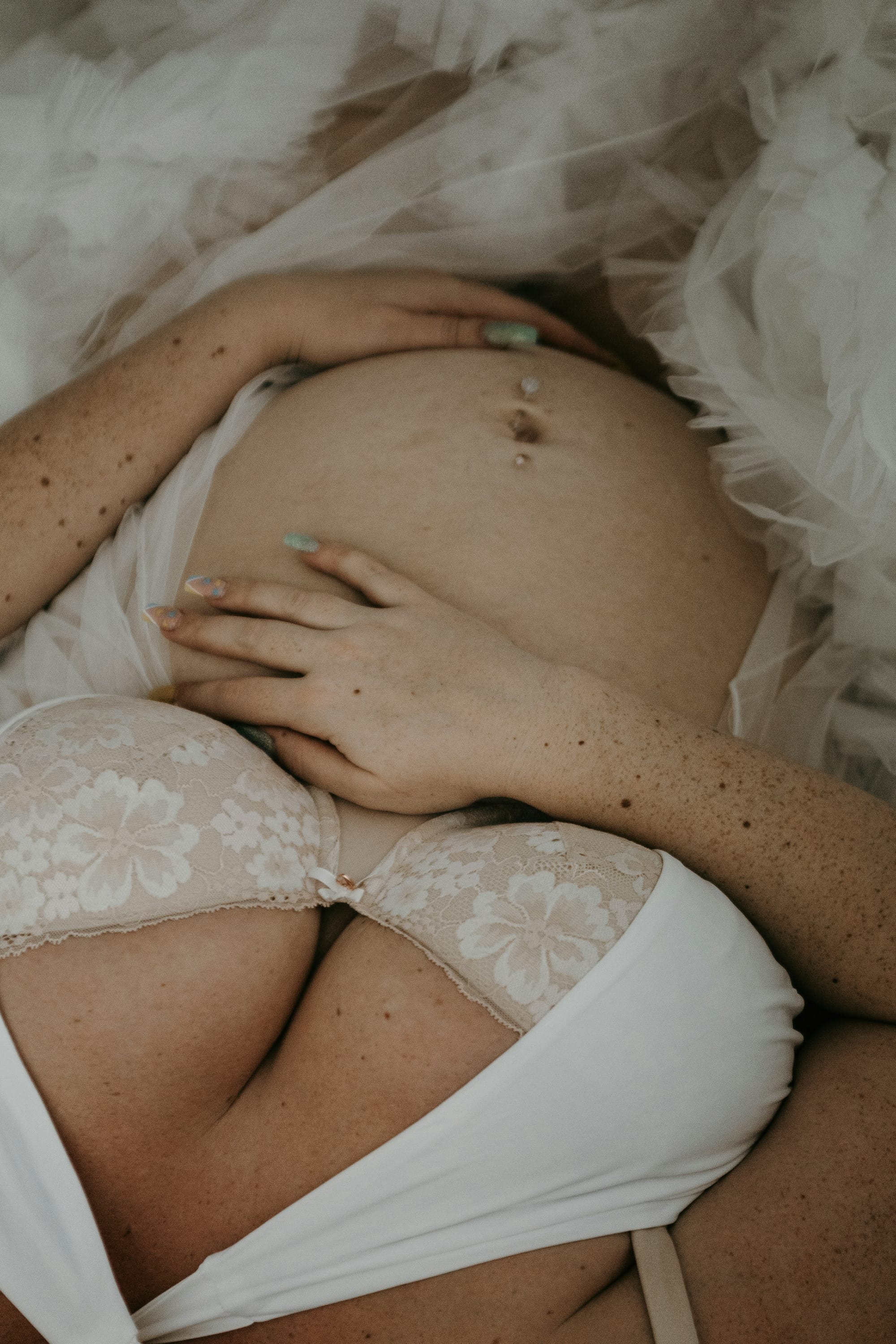
How to Measure for a Maternity Bra Size
Finding the right size in a maternity or nursing bra can be a game-changer. Here’s how to measure yourself to find the best fit:
- Measure Your Band Size
- Use a measuring tape around your ribcage, right under your bust. Ensure the tape is level all the way around, snug but not tight. Round to the nearest whole number.
- If the number is even, add four inches; if it’s odd, add five inches. This is your band size.
- Measure Your Bust Size
- Wrap the measuring tape around the fullest part of your bust. Ensure the tape isn’t too tight but also not loose. Round to the nearest inch.
- Calculate Your Cup Size
- Subtract your band size from your bust measurement. Each inch of difference corresponds to a cup size (1 inch = A cup, 2 inches = B cup, and so on).
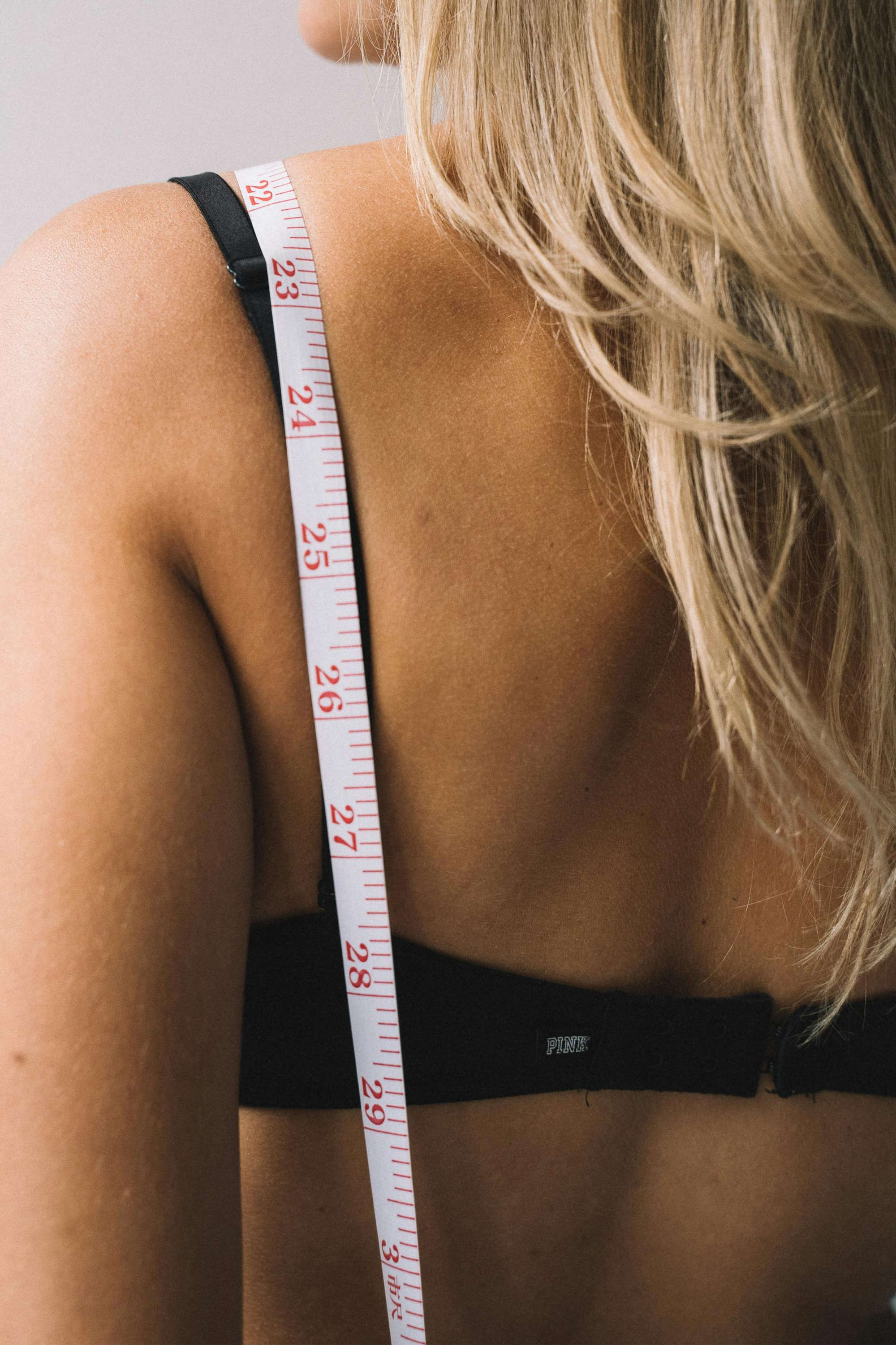
Example: If your bust is 40 inches and your band size is 36, the difference is 4 inches, making you a D cup. Your maternity bra size in this example would be 36D. Some brands have alternative sizing, but typically they include sizing charts corresponding to a traditional bra size.
Tips for Choosing a Comfortable Maternity Bra
Once you know your size, it’s time to find a maternity bra that’s comfortable, supportive, and flexible.
- Look for Adjustable Straps and Multiple Hook Settings
- Choose a bra with adjustable straps and multiple rows of hooks. This lets you adjust the fit as your body changes during pregnancy.
- Choose Breathable Fabrics
- Cotton and other breathable materials help to keep you comfortable and reduce irritation. Look for soft, stretchable fabrics that accommodate growth.
- Opt for Wide Straps and Bands
- Wider straps provide better support, reducing strain on your shoulders and back. This is particularly helpful as your breasts grow heavier and especially when they are tender.
- Consider Nursing Bras with Drop-Down Cups
- If you’re planning to breastfeed, invest in a nursing bra with drop-down cups for easy access, or have one-handed adjustment to provide access. Many maternity bras double as nursing bras, making them a versatile and economical choice.
- Get Professionally Fitted if Possible
- Many department stores and maternity shops offer free bra fittings. A professional can help confirm your measurements and recommend styles for your unique body.
When to Switch to a Nursing Bra
Typically, around the end of your second trimester or early third trimester, you might find it beneficial to start wearing nursing bras. Your breasts are likely close to the size they’ll remain throughout breastfeeding, so you’re less likely to outgrow a nursing bra purchased at this stage. There are also band extenders that can be added if you do find you need more room when you are engorged so you don't have to buy even more new bras.
Nursing bras are designed to make breastfeeding easy and comfortable, often featuring one-handed clasps or removable cups. Look for ones with wide straps, extra support, and soft lining to prevent irritation, which is essential for sensitive post-partum skin.
Frequently Asked Questions About Maternity and Nursing Bras
1. How many maternity bras should I buy?
It’s ideal to have at least 2-3 maternity bras so you can rotate them for washing. It's also a good idea to have multiple styles that are in-line with your activities. Think of the bras you have now - sports bras, t-shirt bras, lounge bras - and look at nursing, pumping, and maternity options in similar styles.
2. Can I wear a sports bra instead of a maternity bra?
A sports bra can be a good short-term alternative, but it may not offer the support, flexibility, or nursing access you’ll need later.
3. Do I need a different bra size for each trimester and while breastfeeding?
Many women find their size changes slightly each trimester, so you may need to adjust. Try bras with flexible sizing or extra hook settings. Some bras come with a band extender already included, like Kindred Bravely.
4. Are underwire bras safe during pregnancy?
Underwire bras aren’t unsafe, but they can feel restrictive as your body changes. They can also cause milk supply issues while breastfeeding, so ensure the underwire doesn’t dig into your breast tissue
Final Thoughts on Finding Your Maternity Bra Size
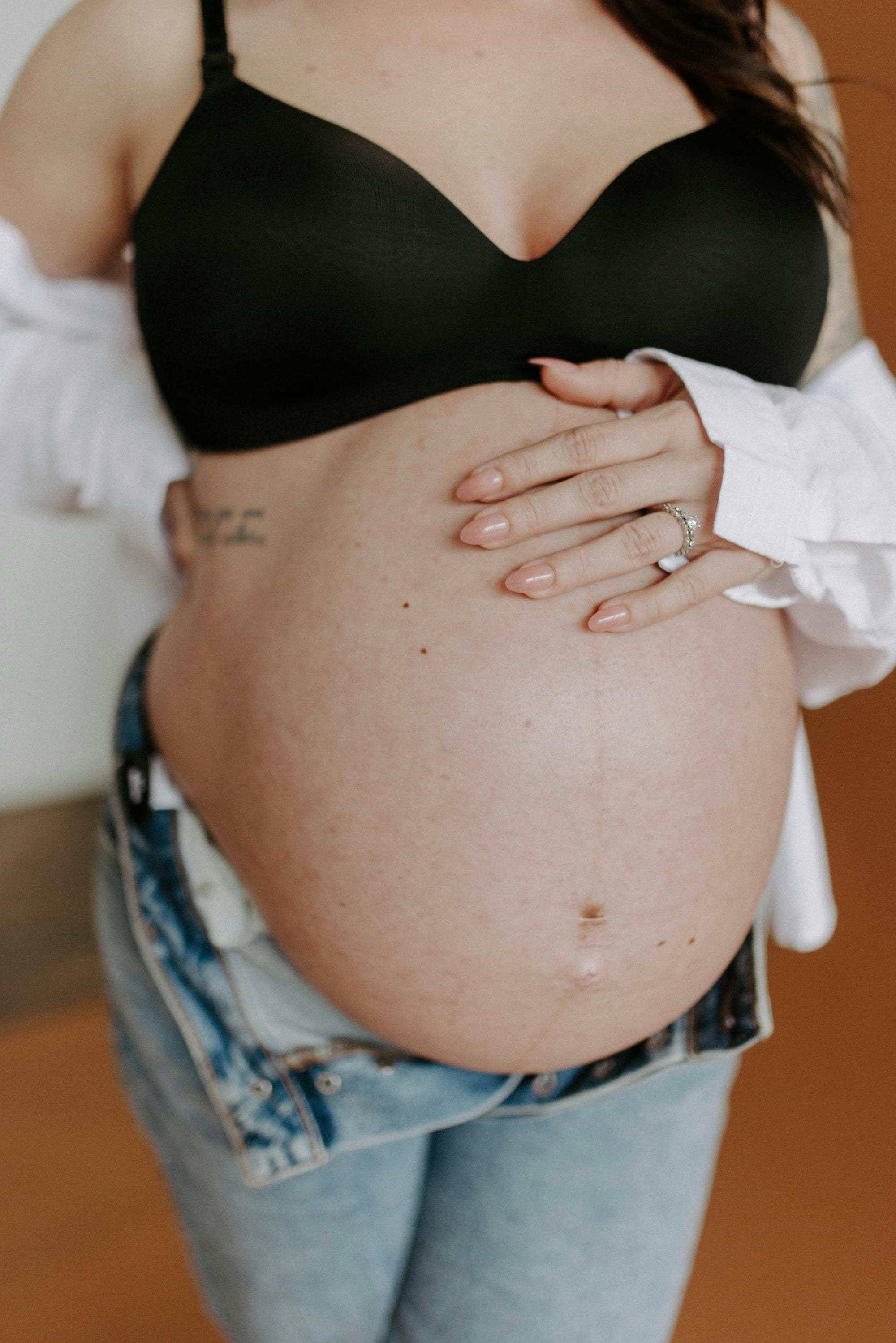
Wearing a properly fitting maternity bra can make a huge difference in your comfort and support throughout pregnancy and breastfeeding. With a few simple measurements and the right fit, you’ll be set to enjoy this special time feeling comfortable and well-supported. Whether you’re looking for an everyday maternity bra or a nursing bra for post-pregnancy, Delilah’s Maternity is here to help you find just the right fit. Visit our store or browse our website to explore our selection of maternity and nursing bras designed to support you every step of the way.

